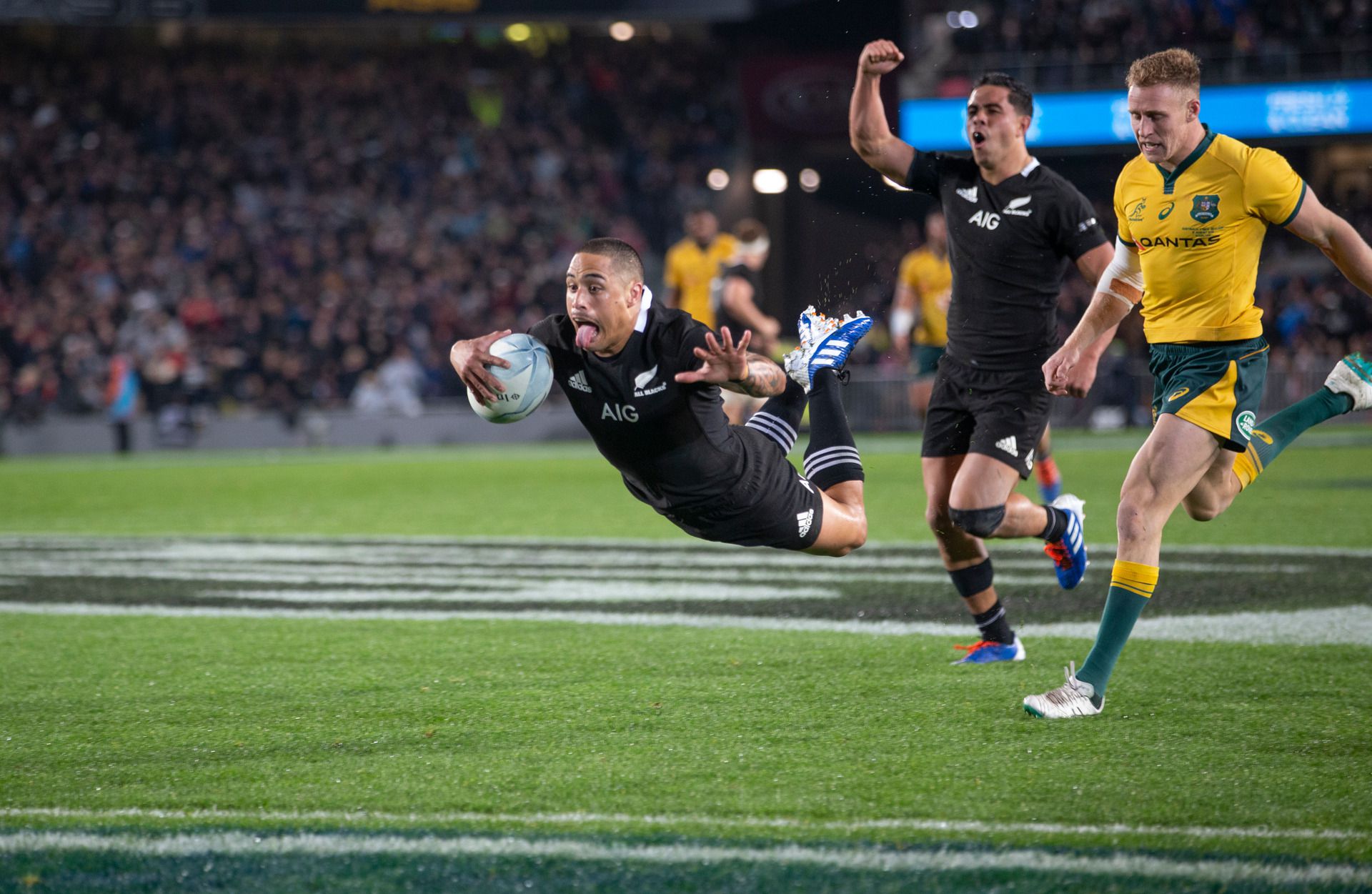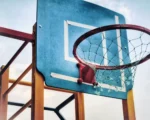In the world of professional rugby, towering forwards and powerful backs often steal the spotlight. Yet, the sport’s evolving landscape continues to prove that size is not the only ingredient for success. Some of the most influential figures to ever grace the pitch have challenged conventions, using speed, agility, and sheer determination to leave a mark on global competitions. Today, the story of the smallest rugby player in professional rugby is not just a tale of overcoming odds—it’s a celebration of diversity in a game widely associated with brute force. From cult heroes in Rugby Fit programs to icons inspiring young players in Mini Rugby academies, these compact athletes redefine what it means to be Small But Mighty Rugby legends.
Who is the Smallest Professional Rugby Player? Fumiaki Tanaka’s Unmatched Legacy
When discussing “the smallest rugby player in professional rugby,” Fumiaki Tanaka stands out globally. At just 5 feet 5 inches (165-166 cm) and 72 kg, Tanaka has become a symbol of resilience and skill for emerging talents in Petite Players Rugby circles. Hailing from Kyoto, Japan, he shattered perceptions within both the Japanese league and major competitions like Super Rugby and the Rugby World Cup. Despite being overlooked in his university years, Tanaka’s performance for the Panasonic Wild Knights—under the mentorship of ex-All Black Tony Brown—earned him a place among elite scrum-halves.
- First ethnic Japanese player to sign a Super Rugby contract (Highlanders)
- Smallest player at the 2011 Rugby World Cup and recognized as the smallest ever in Super Rugby
- Instrumental in Japan’s historic win over South Africa at RWC 2015 (Man of the Match)
- Known for his razor-sharp decision-making, fast delivery, and leadership
- Motivator for youth in Small Wonders Rugby and Tiny Tacklers initiatives
| Player | Height (cm) | Weight (kg) | Key Achievements |
|---|---|---|---|
| Fumiaki Tanaka | 166 | 72 | First Japanese Super Rugby pro, RWC 2015 hero |
| Shane Williams | 170 | 80 | Wales’ top try-scorer |
| Peter Stringer | 170 | 73 | Legendary scrum-half, Ireland |
| Alby Mathewson | 167 | 81 | New Zealand international |
Rugby Positions Where Smaller Players Thrive
While positions like lock or prop often favor those with imposing frames, rugby also carves out specialist roles for athletes who bring other qualities to the fore. The scrum-half, traditionally one of the smallest roles on the team, demonstrates how intelligence, dexterity, and quick feet excel amidst giants. In global Evo Rugby and Size Matters Rugby camps, young, smaller players find inspiration in seeing professionals reach the game’s loftiest heights—regardless of stature.
Agility and speed mean shorter players can perform:
- Swift breaks from rucks and scrums
- Pinpoint accurate distribution to backline
- Low centre of gravity for evasive running
- Effective tackling against larger opponents
| Position | Average Height (cm) | Traits Benefitting Short Players |
|---|---|---|
| Scrum-half | 169 | Agility, decision speed |
| Fullback | 177 | Counter-attacking, evasion |
| Flanker | 182 | Agility at breakdown |
Rugby programs like Little Legends Rugby and Compact Rugby Gear sponsors reinforce that opportunity exists for all body types.
Other Legendary Small Stature Rugby Players
Fumiaki Tanaka may sit atop the list, but he is in remarkable company. Throughout rugby history and right into 2025, players of modest height have repeatedly shown they can eclipse expectations at the sport’s pinnacle. Some have even redefined what’s possible for future international squads and domestic fans alike.
- Alby Mathewson (NZ) – Razor-sharp scrum-half, 167 cm
- Shane Williams (Wales) – Explosive winger, 170 cm
- Peter Stringer (Ireland) – Master distributor, 170 cm
- Augusto Allione (Argentina) – Speedy and nimble, 170 cm
- Justin Marshall (New Zealand) – Influential, 173 cm
- Danny Care (England) – Resourceful and agile, 173 cm
- Morgan Parra (France) – Tactical genius, 173 cm
| Player | Caps | Try-Scoring Highlights |
|---|---|---|
| Shane Williams | 87 | 60 tries for Wales |
| Danny Care | 80+ | Key to England’s attacking tempo |
| Martín Landajo | 85 | Pivotal for Argentina’s backline |
Many of these athletes have been featured in Small But Mighty Rugby campaigns and serve as mentors in Mini Rugby clinics worldwide.
[embedded content]
Their resilience isn’t just in stats, but in how they reshape what fans and young players believe is possible, bolstering rugby inclusivity across the globe.
The Influence of Petite Players Rugby on Modern Training and Development
The surge in popularity of rugby programs tailored for all physiques—such as Mini Rugby, Tiny Tacklers, and Size Matters Rugby—reflects a culture shift in how talent pipelines value diversity. Coaches increasingly design drills emphasizing footwork, tactical awareness, and speed. Players once considered too small for selection now dominate junior leagues, thanks to role models like Tanaka. Many of these grassroots systems look to historical figures while employing modern sports science to accentuate each player’s natural gifts.
- Development of lightweight, Compact Rugby Gear for speedsters
- Emphasis on evasion skills and low body tackling
- Custom strength conditioning for agility
- Mentorship from former “small” internationals
| Program | Key Feature | Iconic Small Player Example |
|---|---|---|
| Mini Rugby | Core skills for all sizes | Tanaka |
| Tiny Tacklers | Safe, low tackling technique | Stringer |
| Small Wonders Rugby | Role model clinics | Williams |
This evolving environment means more young rugby hopefuls dream big, regardless of size, supported by resources and inspiration from across the professional ranks. To discover more about how player size influences modern international squads, check out rugby selection analysis.
FAQ: Smallest Players and Rugby Success
-
Are shorter rugby players at a physical disadvantage?
While height can be an advantage for certain roles (like lineouts), shorter rugby players excel in positions where agility, pace, and game intelligence are critical. Their lower center of gravity makes them hard to tackle, and many thrive in the modern game. -
What positions suit compact rugby athletes best?
Scrum-half, fullback, and flanker positions benefit from agility and tactical awareness, making them excellent fits for smaller players. -
How do smaller players handle bigger defenders?
Top compact players rely on footwork, low tackling technique, and anticipation. Their evasiveness and game reading help compensate against larger opponents. -
Who are recent prominent short rugby stars?
Icons include Fumiaki Tanaka, Shane Williams, Danny Care, and Peter Stringer—all of whom have been featured in Small But Mighty Rugby and Petite Players Rugby promotions. - How does player size shape pro team strategies?
Coaches increasingly leverage mixed physiques, ensuring tactical flexibility and catering to the growing skill level of players from Little Legends Rugby and Evo Rugby backgrounds.






